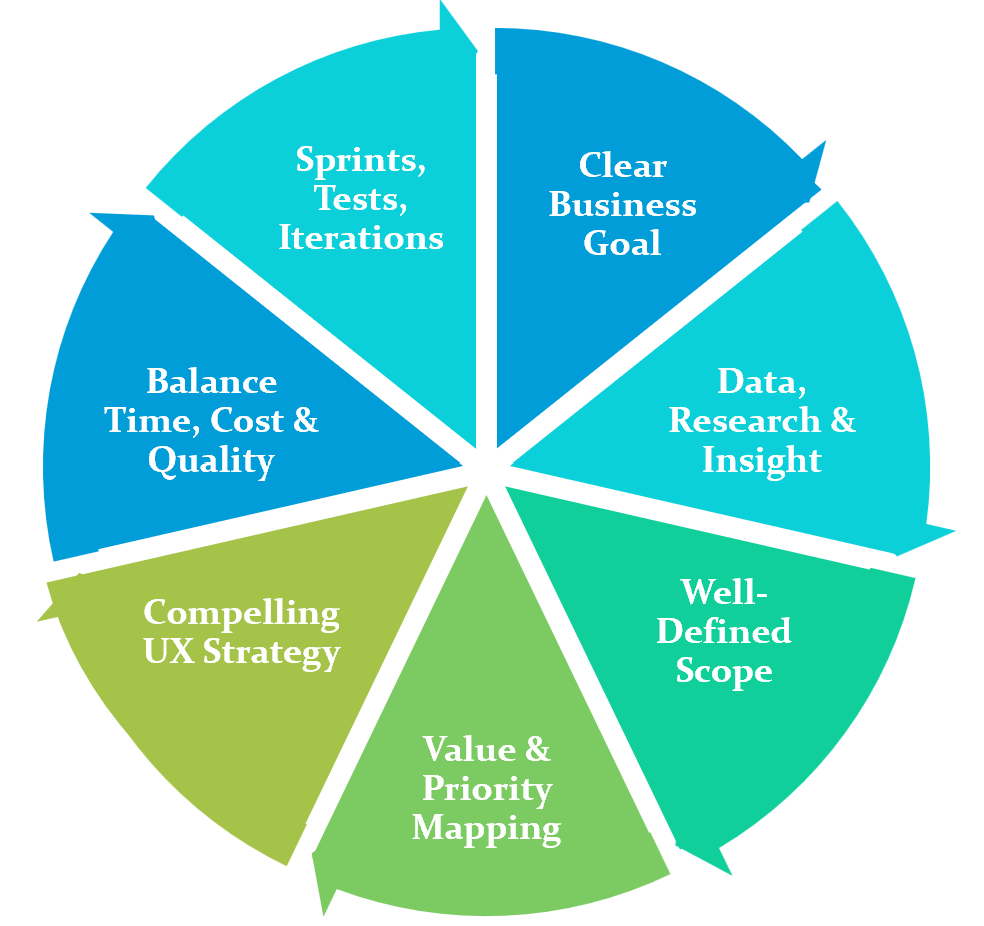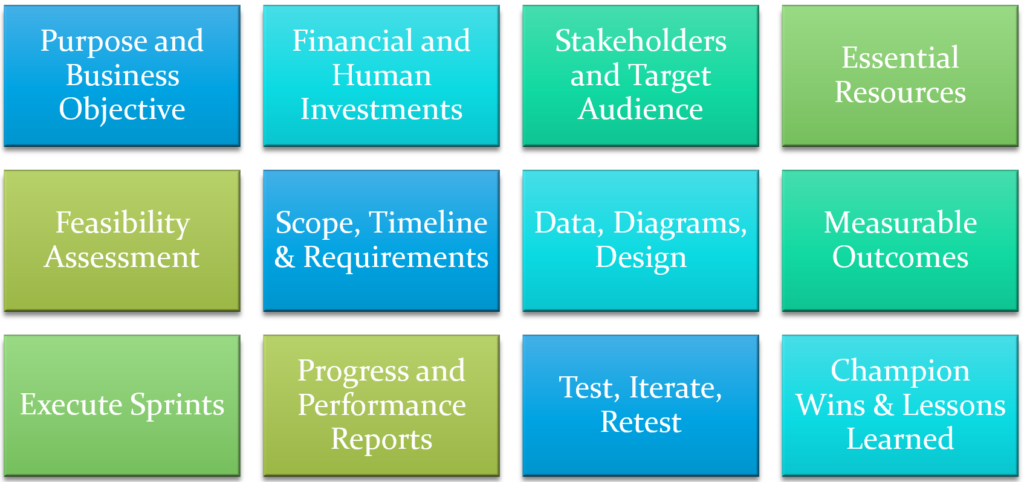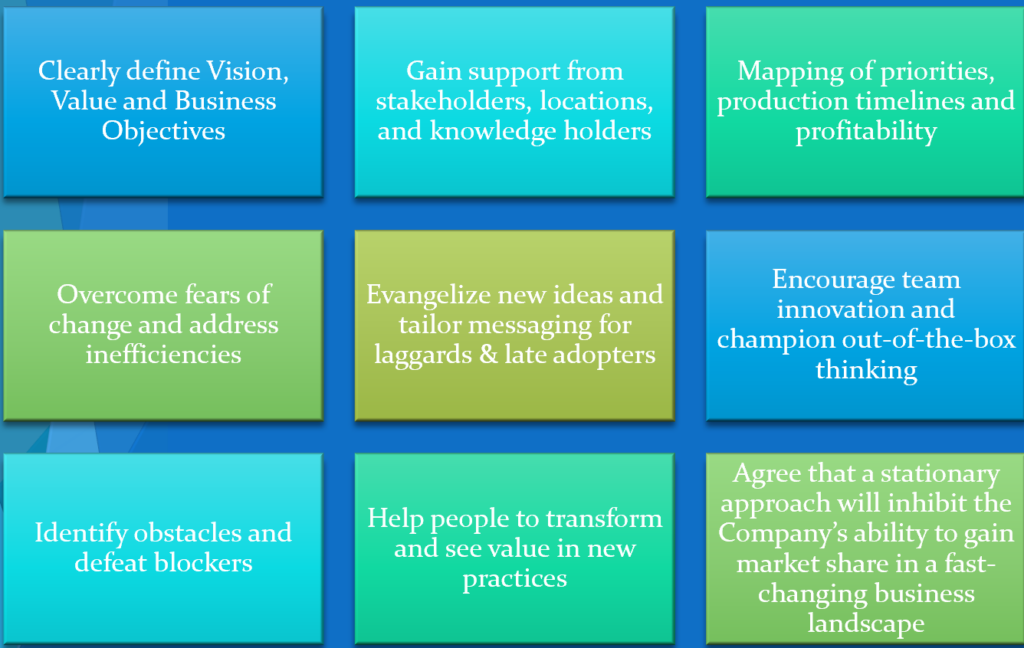
As the digital landscape evolves, businesses must leverage innovative digital initiatives to scale their online performance and drive sales growth. But where do you begin, and how do you ensure your efforts yield the desired results? The answer lies in a well-structured digital project framework. By incorporating key elements such as the nucleus, planning & strategy, primary focus, agile methodology, and defining project characteristics, objectives, flow, and success, businesses can navigate the complexities of digital transformation with confidence.
This blog will delve into the crucial components of this framework, providing valuable insights and practical guidelines to help your business thrive in the digital realm. Whether you’re a seasoned entrepreneur or just starting your digital journey, understanding and implementing these strategies can make a significant difference in achieving sustained growth and competitive advantage. Stay tuned as we explore each aspect of this powerful framework and unlock the potential of your digital initiatives.
Project Nucleus
ROI-Driven | Value | Impact | Velocity | Tested | Scalable | Secure
Critical Components

Efficiency Actions to Adopt
- Always require a purpose, objective and quantifiable goal
- Seek value-based and scalable solutions with no long-term lock
- Continually evaluate machine and labor non-productive ‘wait’ times
- Endeavor to reduce ‘time and distance’ traveled through production
- Create processes that shorten the time frame to delivery
Project Characteristics
Lean | Collaborative | Transformative | Disciplined | Engaged | Purposeful | Outcome-Oriented
Project Key Factors
Measurable Goals | Relevant Targets | Time Bound | Veracity | Distinct Requirements | Compliance | Standards | Documentation | Solutions-Based | Functional Requisites | Narrow Sprints | Tests and Iterations
Project Objectives
- Focus on projects and promotions that have demonstrated a positive ROI
- Continually aim to improve processes, practices, and efficiencies
- Concentrate on a set of activities that is narrow in scope
- Be cautious when sacrificing margin
- Use open-source data to identify opportunities to increase your reach
- Measure all outcomes, then benchmark, test, and analyze results
- Design sequential production within agile sprints
- Hypothesize based on sample experiments, then push to larger scale trials
- Actively look for cues and signals that validate your assumptions
- Automate touch points, notices and incentives
- Reduce resource intensities through cloud, open source and shared options
- Perform continuous Integration
- Set capacity and load thresholds, then be firm on not exceeding them
- Cost out activities in advance
- Eliminate non-value add work
- Set up a preventative maintenance program to cut down on unplanned breakdowns
- Defect detection – be quick to find a root cause
- Enact simulations for critical insights and observations
- Dedicate time and talent to ongoing iterations, testing and validation
- What Ifs – plan and prepare for expedient pivots
- Eliminate carry-forward costs
- Build in disciplines while still embracing flexibility in practices and performance
- Develop skills and delegate more responsibilities, allowing teams to work smart and autonomously
Project Planning & Stragegy

Agile Project Management Methodology
- Scrutinize viability, practicality and precedence
- Engage Stakeholders
- Scope requirements – high, mid and low levels
- Know which requirements are tied to dependencies
- Identify functional and non-functional requisites
- Define specifications and outcome commitment
- Focus on value – to the business and to the customer
- Build the incremental delivery stages
- Estimate time and cost
- Weigh quality based on time/cost factors
- Consider criteria, constraints, and compliance issues
- Create sprints intermingling must have, should have, and could have requirements
- Reprioritize after every sprint and every requirement change
- Communicate project status throughout execution
Project Flow

Project Success Factors

Conclusion
As we’ve explored, a robust digital project framework encompasses the nucleus, planning & strategy, primary focus, agile methodology, and key project characteristics, objectives, flow, and success metrics. By implementing these elements, businesses can effectively navigate the complexities of digital projects and drive impactful results.
Now is the time to elevate your digital initiatives. Start by assessing your current framework and identifying areas for improvement. If you need support with your digital initiatives or want to learn more, don’t hesitate to reach out to me.
Take the first step towards seamless and successful digital projects today!